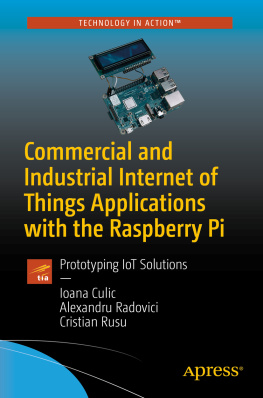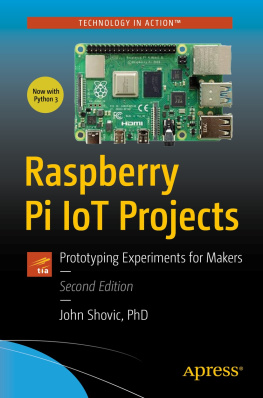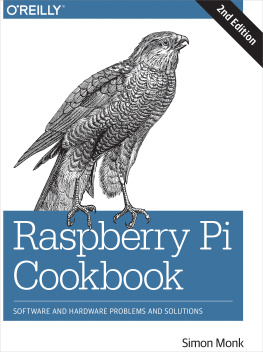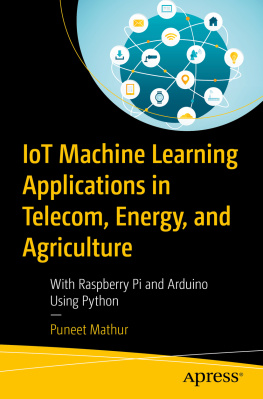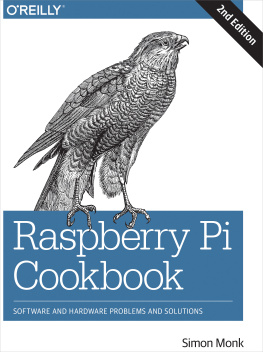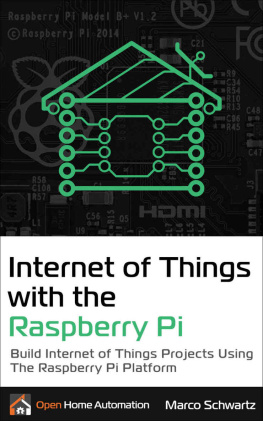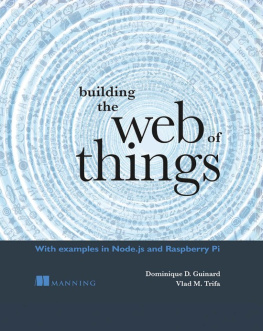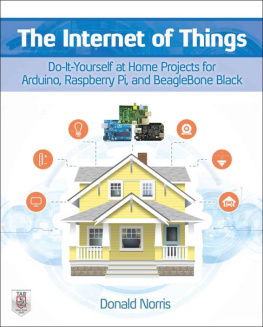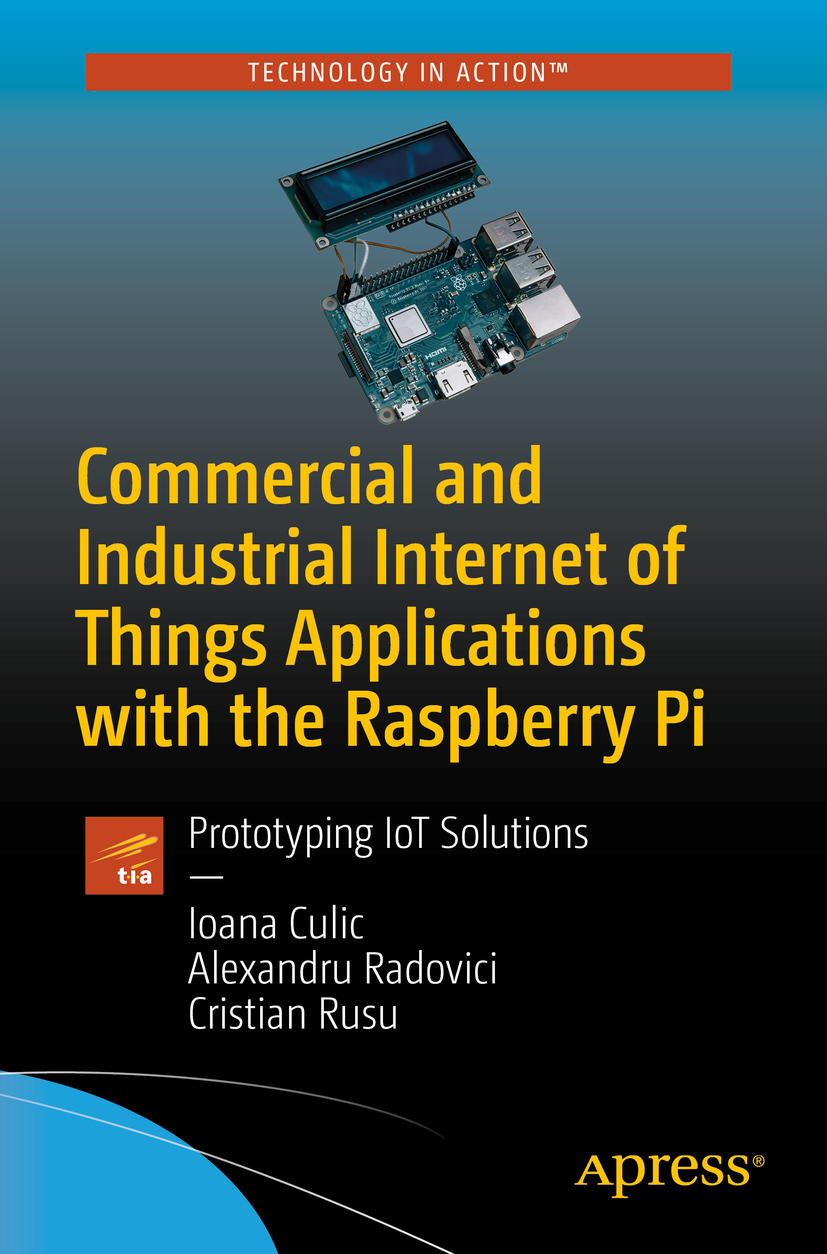Ioana Culic - Commercial and Industrial Internet of Things Applications with the Raspberry Pi: Prototyping IoT Solutions
Here you can read online Ioana Culic - Commercial and Industrial Internet of Things Applications with the Raspberry Pi: Prototyping IoT Solutions full text of the book (entire story) in english for free. Download pdf and epub, get meaning, cover and reviews about this ebook. year: 2020, publisher: Apress, genre: Computer. Description of the work, (preface) as well as reviews are available. Best literature library LitArk.com created for fans of good reading and offers a wide selection of genres:
Romance novel
Science fiction
Adventure
Detective
Science
History
Home and family
Prose
Art
Politics
Computer
Non-fiction
Religion
Business
Children
Humor
Choose a favorite category and find really read worthwhile books. Enjoy immersion in the world of imagination, feel the emotions of the characters or learn something new for yourself, make an fascinating discovery.
- Book:Commercial and Industrial Internet of Things Applications with the Raspberry Pi: Prototyping IoT Solutions
- Author:
- Publisher:Apress
- Genre:
- Year:2020
- Rating:4 / 5
- Favourites:Add to favourites
- Your mark:
Commercial and Industrial Internet of Things Applications with the Raspberry Pi: Prototyping IoT Solutions: summary, description and annotation
We offer to read an annotation, description, summary or preface (depends on what the author of the book "Commercial and Industrial Internet of Things Applications with the Raspberry Pi: Prototyping IoT Solutions" wrote himself). If you haven't found the necessary information about the book — write in the comments, we will try to find it.
Use the Raspberry Pi and modern computing techniques to build industrial Internet of Things systems. Principles and theoretical aspects of IoT technologies combine with hands-on projects leading to detailed descriptions of several industrial IoT applications.
This book presents real-life IoT applications based on the Raspberry Pi, beyond the relatively simplistic demos built for educational purposes or hobbyists. Youll make the transition from tinkering with a couple of sensors and simple devices to building fully developed products for commercial use and industrial systems. Youll also work with sensors and actuators, web technologies used for communications in IoT networks, and the large-scale deployment of IoT software solutions. And see how to design these systems as well as maintain them long term.
See the Raspberry Pi in a new light that highlights the true industrial potential of the device. Move beyond connecting an LED to the Raspberry Pi and making it blink to actually managing a network of IoT devices.
What Youll Learn
Design industrial and large scale professional Internet of Things systems
Extend your basic IoT knowledge by building advanced products
Learn how large scale IoT systems are deployed and maintained
Who This Book Is For
Advanced hobbyists who want to stretch their abilities into the professional sector. Also professional industrial engineers looking for low-cost solutions to basic IoT needs.
Ioana Culic: author's other books
Who wrote Commercial and Industrial Internet of Things Applications with the Raspberry Pi: Prototyping IoT Solutions? Find out the surname, the name of the author of the book and a list of all author's works by series.

